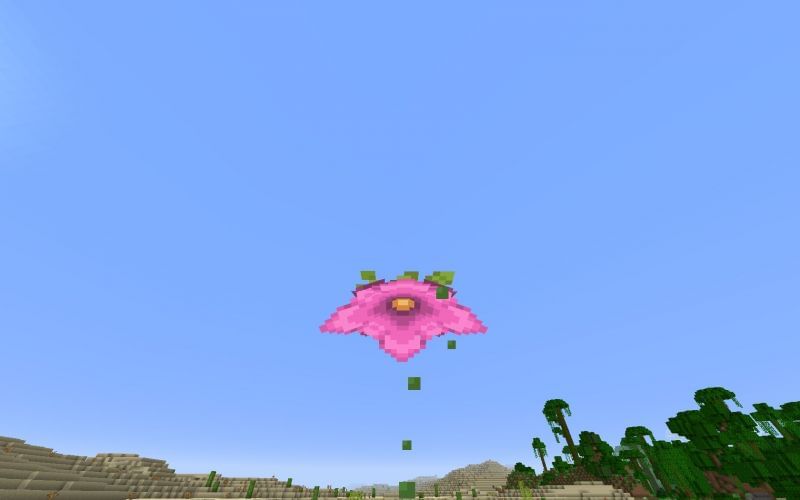
Spores can be classified in several ways: Diploid cells undergo meiosis to produce haploid spores. Among sporogenic dikaryotic cells, karyogamy (the fusion of the two haploid nuclei) occurs to produce a diploid cell. Dikaryotic cells result from the fusion of two haploid gamete cells. Spores are usually haploid and grow into mature haploid individuals through mitotic division of cells ( Urediniospores and Teliospores among rusts are dikaryotic). In flowering plants, these sporangia occur within the carpel and anthers, respectively.įungi commonly produce spores during sexual and asexual reproduction. Such plants typically give rise to the two kind of spores from within separate sporangia, either a megasporangium that produces megaspores or a microsporangium that produces microspores. Heterosporous plants, such as seed plants, spikemosses, quillworts, and ferns of the order Salviniales produce spores of two different sizes: the larger spore (megaspore) in effect functioning as a "female" spore and the smaller (microspore) functioning as a "male". Plants that are homosporous produce spores of the same size and type. Vascular plants are either homosporous (or isosporous) or heterosporous. Vascular plant spores are always haploid. Spores germinate to give rise to haploid gametophytes, while seeds germinate to give rise to diploid sporophytes.Ĭlassification of spore-producing organisms

The main difference between spores and seeds as dispersal units is that spores are unicellular, the first cell of a gametophyte, while seeds contain within them a developing embryo (the multicellular sporophyte of the next generation), produced by the fusion of the male gamete of the pollen tube with the female gamete formed by the megagametophyte within the ovule. In common parlance, the difference between a "spore" and a " gamete" is that a spore will germinate and develop into a sporeling, while a gamete needs to combine with another gamete to form a zygote before developing further. The term spore derives from the ancient Greek word σπορά spora, meaning " seed, sowing", related to σπόρος sporos, "sowing", and σπείρειν speirein, "to sow".

Myxozoan spores release amoeboid infectious germs ("amoebulae") into their hosts for parasitic infection, but also reproduce within the hosts through the pairing of two nuclei within the plasmodium, which develops from the amoebula. īacterial spores are not part of a sexual cycle, but are resistant structures used for survival under unfavourable conditions. Spores form part of the life cycles of many plants, algae, fungi and protozoa. In biology, a spore is a unit of sexual or asexual reproduction that may be adapted for dispersal and for survival, often for extended periods of time, in unfavourable conditions.

Inset shows the surrounding, black poplars growing on sandy loam on the bank of a kolk, with the detail area marked. The tops of the gametophytes ( 2) can be discerned as well. The last stage of the moss lifecycle is shown, where the sporophytes are visible before dispersion of their spores: the calyptra ( 1) is still attached to the capsule ( 3). Fresh snow partially covers rough-stalked feather-moss ( Brachythecium rutabulum), growing on a thinned hybrid black poplar ( Populus x canadensis).


 0 kommentar(er)
0 kommentar(er)
